Sourcing electronic components consumes a lot of an engineer’s time. There are typically several vital factors that influence the final choice. Subtle differences in a product’s specification, performance and price can make selecting components a challenging task. This is why focusing on what components can offer overall across its entire lifespan is critical. For example, components offering higher than required performance but also at a higher price may not be the best overall offering. Components that are fit for purpose at a much more economical price makes much more sense.
This is where a brand like RND comes into its own, providing an extensive product portfolio for maintenance technicians and engineers. RND offers a wide range of high-quality electronic products and components at reasonable prices.
Electronic component sourcing
Look inside any piece of modern electrical equipment, and you’ll find a variety of electronic components. If you peer at the printed circuit boards, you may see a number of complex and sophisticated processing integrated circuits, known as ‘ICs’ or ‘chips’. These ‘chips’, such as microcontrollers (MCUs), field-programmable gate arrays (FPGAs), and graphics processing units (GPUs), provide the machine’s digital processing capabilities. However, the vast number of components you’ll see are passive components, such as resistors, capacitors, and inductors. But let’s not also forget the crucial hardware items, including connectors, ferrules, enclosures, and LED panel indicators.
Whether specialised or commodity, every component must be accounted for on a bill of materials (BOM) and needs sourcing. Together, everything on the BOM makes the product function, but equally as important is the product’s reliability and longevity of operation. To comply with regional and international safety standards, the internal workings of the equipment must also conform to stringent standards and requirements. In short, a high degree of trust is needed in components to deliver a high degree of reliability and that they meet all relevant technical and safety standards.
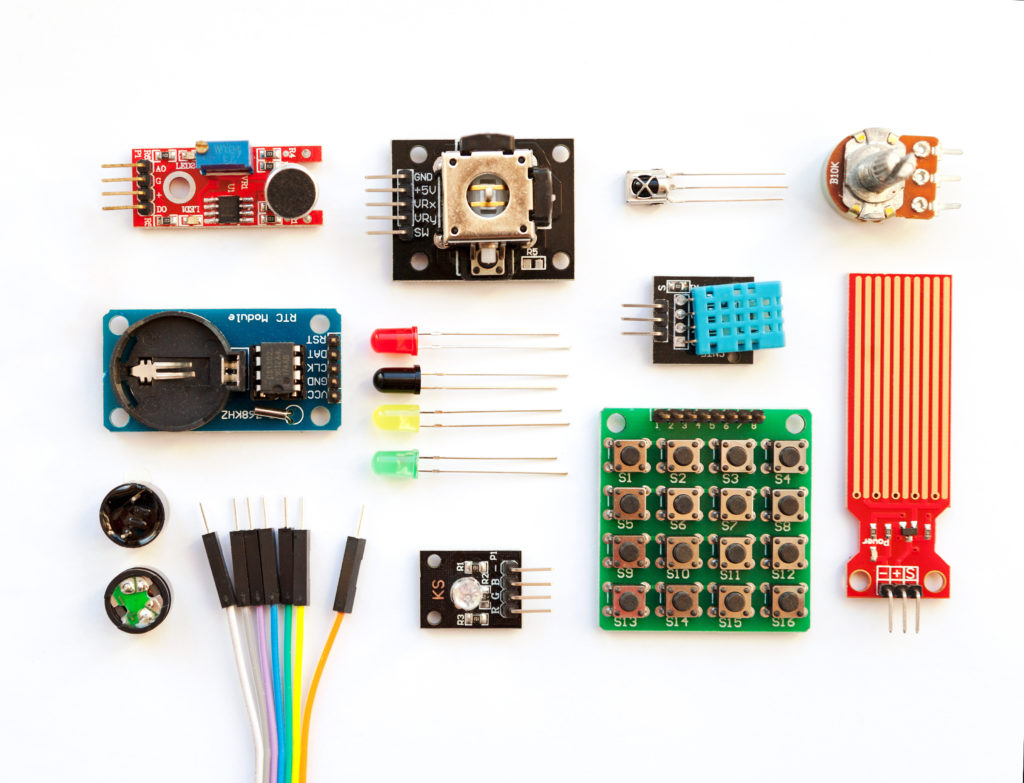
Industrial components selecting guidelines
The easiest way to choose the right electronic or electrical equipment is to use already proven devices. Being familiar with the designs will save you time and effort. However, you can miss out on the advantage of new parts with that in mind. Some newer devices offer much better efficiency, ease of integration and often a more affordable price.
Choosing new parts that haven’t previously been sourced might be problematic. This is why validating products, to ensure that are fit for purpose, is really important before making any selection.
Manufacturers
Devices keep changing, and it is good to keep up to date with the latest technologies and specifications. Manufacturers might enhance and even change some component speciation’s over time without prior notice. This makes selecting manufacturers and brands that provide datasheets, reference designs and application notes very important.
Quality
Out of the thousands of products available from plenty of manufacturers, suppliers, and distributors, it is difficult to find the right equipment that will be affordable and high-quality. RND products offer genuinely great value to engineers wishing to buy competitively priced, high-quality components that offer efficiency and longevity of performance across the entire lifecycle.
Electrical parameters
Electrical parameters, specifications and section criteria will usually differ according to the product being sourced. For example, for a DC-DC converter IC, you have to consider: voltage range, output voltage accuracy, over and under voltage, thermal shutdown, power rating, inbuilt protections, light load efficiency, thermal management, etc.
PCB package
A PCB package aims to describe numerous parameters of actual electronic components graphically. It shows the component size, length and width, in-line, patch, pad size, pin length and breadth, pin spacing, etc. These parameters may be referred to when constructing a PCB diagram. It is important to know the PCB footprint, especially if you order something to fit in on the board and is too big or too small.
Costs
Sourcing components that are attractively priced, particularly those that are required in large numbers, ensure the manufacturer maintains profit margins and their end-products are commercially viable. Choosing RND products from Distrelec guarantees access to low-cost components without compromising on quality.
RND product portfolio
The RND brand, available exclusively from Distrelec, offers electrical, electronic, and maintenance engineers an affordable and high-quality range of components they can trust. The portfolio of over 5,000 RND products provides a reasonably priced alternative to big brand products, manufactured to high-quality standards and compliant with relevant industry technical, quality and safety specifications such as CE, RoHS, and REACH.
The RND portfolio includes:
- Power products: Batteries, power conversion devices such as DC/AC inverters, and external power supplies.
- Lab equipment: Oscilloscopes, multimeters, bench tools such as soldering stations, and benchtop power supplies.
- Cabling: Single core, multicore, mains/line cables, AV, data networking, cable ties, cable glands, and heat shrink tubing.
- Connectors: Power connectors, terminal blocks, PCB connectors, network/telecom connectors, and Audio Visual connectors.
- Components: Electronic and electro-mechanical components including semiconductors, passives, switches, relays, optoelectronics, modules, circuit protection, development boards and evaluation kits. Also supporting components and accessories, including enclosures, thermal management, and automation components.
RND Electrical and Electronic Components
In electrical and electronic projects, the most commonly used are resistors, capacitors, fuses, transistors, integrated circuits, relays, switches, motors, circuit breakers, and others. These components, categorised into two categories: active and passive components, are used to design many circuits.
This product showcase highlights just a few examples. But these are equally important items that are essential in any electrical or electronic applications. To find a complete listing of the entire range, go to the RND page.
Batteries
A battery is an electrical device that uses electrochemical discharge processes to transform chemical energy into electrical energy. The RND range of alkalineBatt AA / LR6 batteries is suitable for a wide range of industrial and commercial applications. These popular 1.5 VDC batteries are available in packs of 4 or 48, and they conform to the EU’s battery directive (2013/56/EU). Also, the packaging materials meet the EU 94/62/EC directive for packaging materials and waste. The quoted storage life is one year, and the expiry date is five years from manufacture.

Connectors
Connectors are necessary for most industrial systems to send signals from cables to other devices or portions of the machinery. The RND D-Sub connectors comprise a series of all the popular industry-standard pin configurations of 9, 15, 25, 37, or 50 pins, plugs and sockets. Mounting options include PCB through-hole solder (90 degrees bent pins or straight through), solder pins or cups, or crimped. Brass or copper alloy contacts with gold flashing options are available for some connector arrangements. Current ratings for each connector pin are configuration dependent and vary from 1 A to 5 A. Waterproof plug and socket D-sub connectors, rated to IP67, are available from stock.
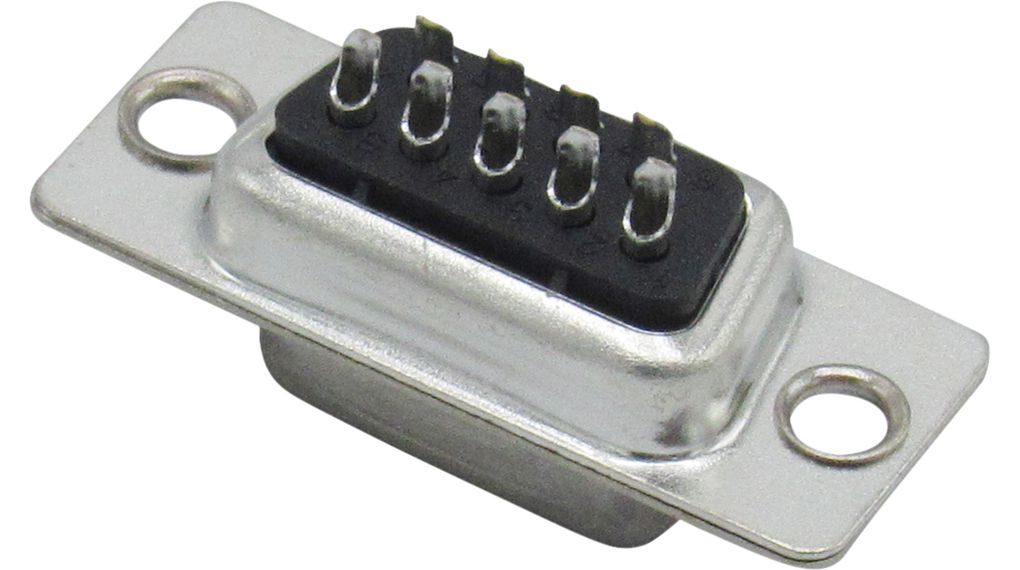
Heat shrink tubing
A popular method of safely isolating soldered wire connections, terminal lugs, and other exposed connections is using heat shrink tubing. The RND heat-shrink tubing range includes adhesive lined medium wall tubing manufactured from polyolefin or ethylene-ethyl acetate. Providing excellent electrical dielectric strength, up to 20 kV, and mechanical performance, the tubing also gives environmental protection to enclosed cables. RoHS and REACH certificates are downloadable from the Distrelec website together with detailed product datasheets.
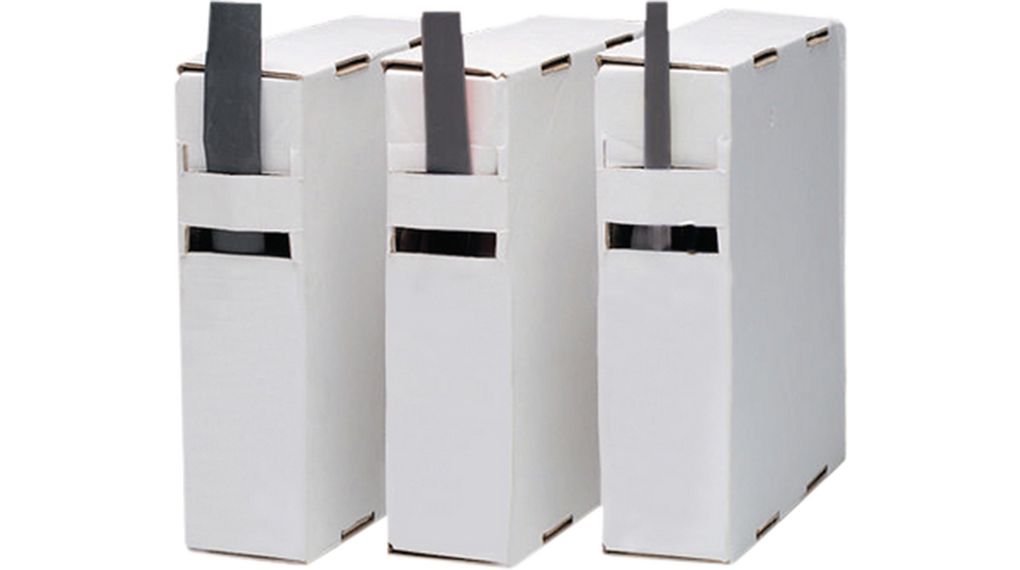
Bootlace ferrules
Using bootlace ferrules offers a simple yet highly reliable method of connecting cables into screw-type or spring-loaded connectors. The RND bootlace ferrule range of colour-coded ferrules is available to suit all the popular wire gauges from 4 AWG to 26 AWG with 12 colours. Contacts are tin-plated copper and designed for crimping. The series conforms to UL E502427 certification.
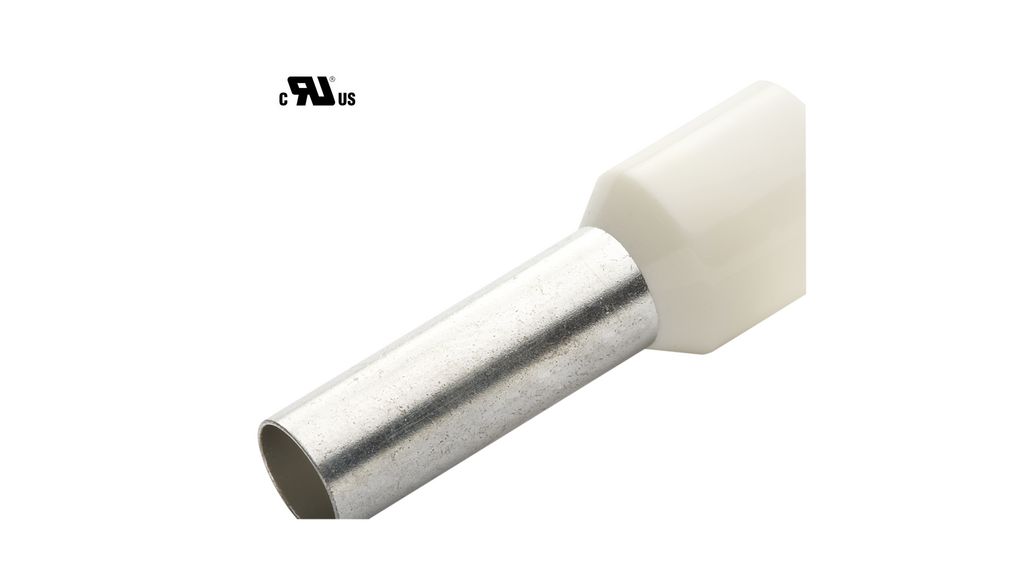
Cable ties
Along with electric and electronic applications, security plays a big role. A popular method of securing cables internally or externally is flexible, adjustable length cable ties. The RND cable tie range is polyamide-based, has UL 510248 certification, and conforms to UL 94V-2 flammability rating. The cable ties are available in various lengths, widths, colours, and tensile strengths. The range datasheet highlights all the cable tie options available. An RND cable tie tensioning tool is also available.
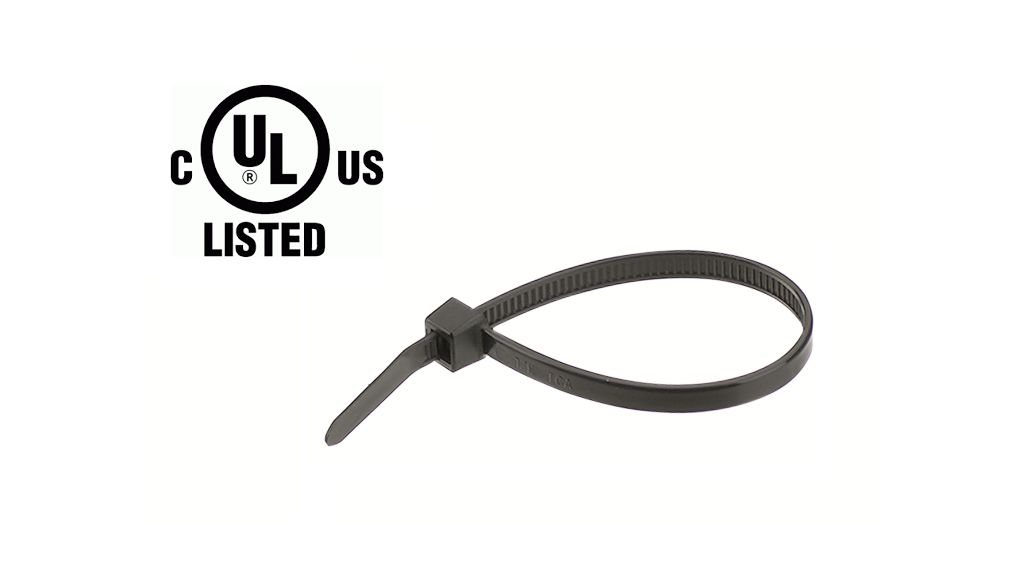
LED panel mount indicators
Engineers typically opt to use low-power, panel-mounted LEDs to indicate equipment operation visually. A LED generates light at a specific frequency when a current is applied. LEDs are utilised in various applications, including keyboards, hard disc drives, and TV remote controls. They’re also handy as status indicators in computers and battery-operated electronics Transistors. The RND panel mount LED series comprises a range of available colours, wavelength, operating voltages, and luminosity values. Mounting hole sizes of 6.2 mm and 8 mm, and the LEDs are fitted with a current limiting resistor.
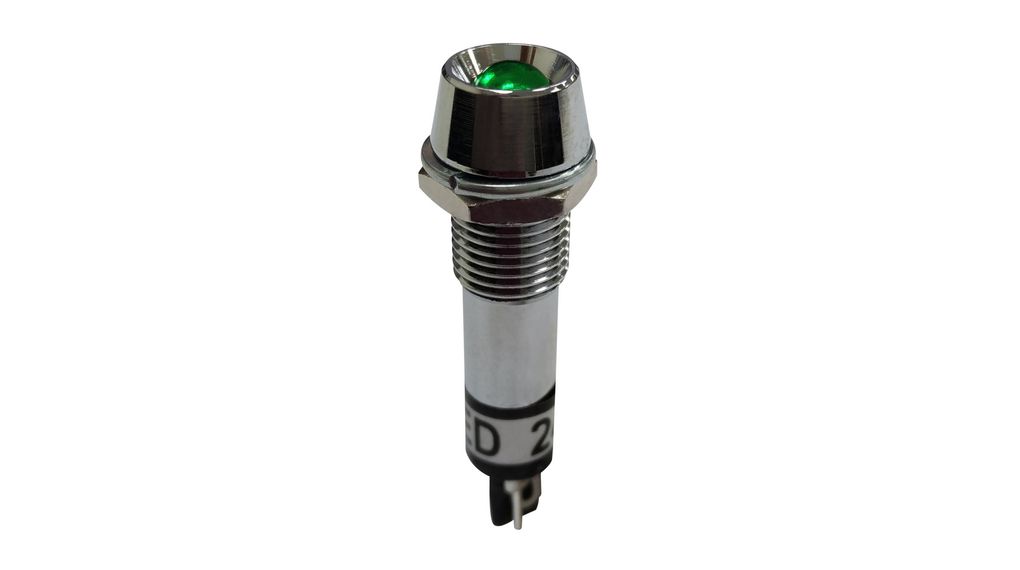
Fuse
A fuse is a material or a piece of wire that protects components from being destroyed by too much current flowing through them. When an excessive amount of current is passed through a circuit, the wires become hot and damaged. As a result, the current comes to a halt. When a fuse melts owing to an overload of current, the fuse element absorbs some of the energy. The RND 5 x 20 Fuses have quick blow (F) IEC60127-2/2, nickel-plated end caps, and are UL approved, E492698.
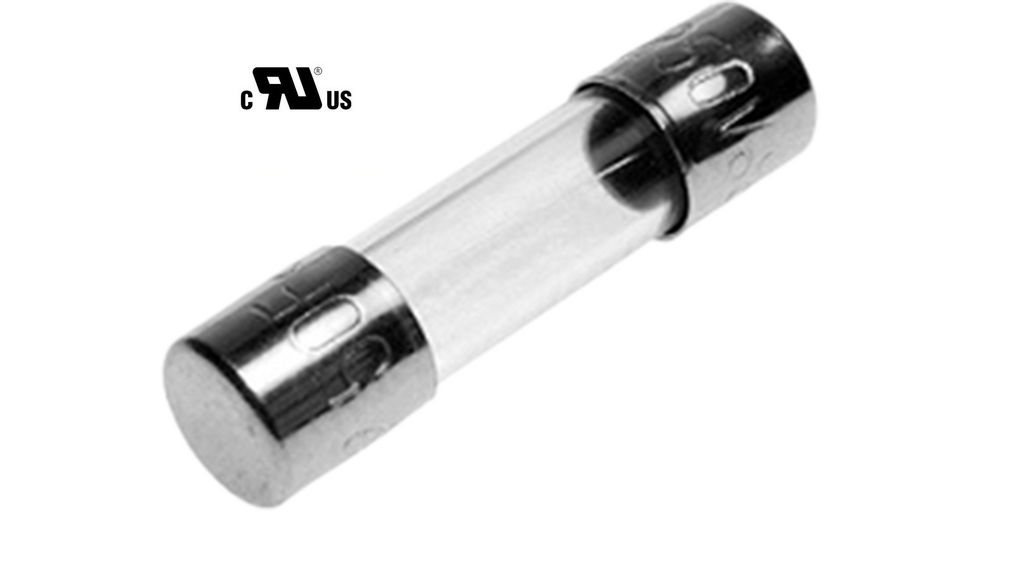
Choosing the right components for industrial settings
Electrical and electronic components play a crucial role in almost every area of the modern world. The most important aspect is to ensure safety first and foremost, with a key focus also on the components’ efficiency and quality. Especially before bringing new components to the field or factory, it is vital to ensure that the product is suitable for the specific application and also offers great overall value.
Whether you are a maintenance engineer maintaining industrial machinery or you are designing new electrical products, you can put your trust in RND. RND maintains high levels of quality from the initial product research and development, during prototyping, right through to production. The brand offer engineers great value for money, fully compliant with relevant industry and technical standards, and outstanding stock availability.










